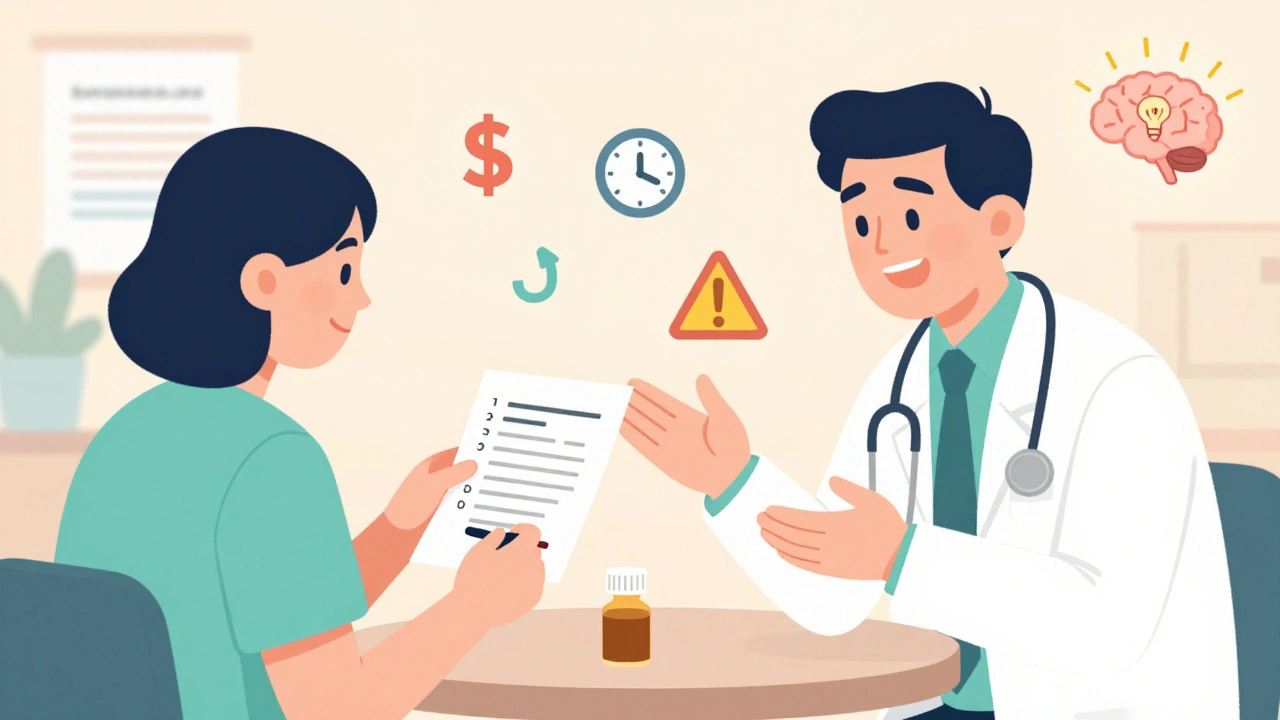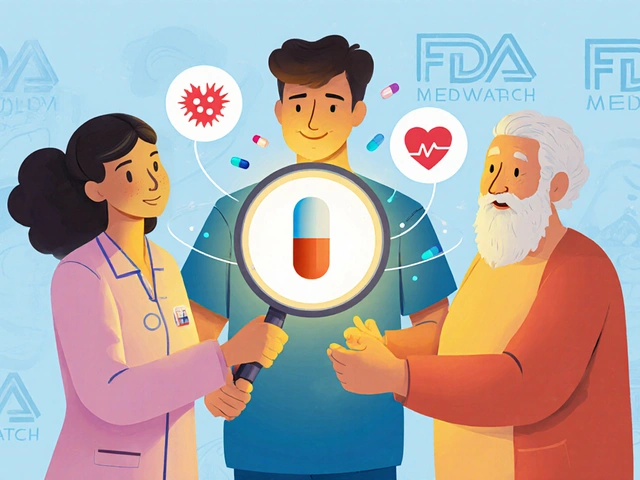Drug Side Effects: How to Spot, Manage, and Report Them
Every medicine can cause side effects. Some are mild and pass in a day or two. Others can be serious and need quick action. Knowing which is which helps you stay safe and keep treatment on track.
Side effects are any unwanted changes after taking a drug. Common ones include nausea, dizziness, tiredness, rash, changes in sleep, and stomach upset. Some medicines bring predictable issues: diuretics can affect electrolytes, antibiotics may cause diarrhea or yeast infections, and certain blood pressure drugs can make you feel lightheaded. Recognizing a pattern — new symptom that starts after a new drug or dose change — is the key clue.
When to get urgent help
Call emergency services or your doctor right away if you have trouble breathing, swelling of the face or throat, chest pain, fainting, sudden severe headache, severe skin rash with blisters, or signs of liver failure (yellow skin or eyes, dark urine). Also seek help for sudden vision changes, severe muscle pain, or new suicidal thoughts. These are red flags that need fast evaluation.
Practical tips to reduce side effects
Start simple: read the patient leaflet and ask your pharmacist what to expect. Take medications with food if the leaflet recommends it, and drink water with pills to cut stomach upset. If a drug makes you dizzy, stand up slowly and avoid driving until you know how it affects you. For nausea, small bland snacks and ginger can help. For dry skin or itching, use gentle soap and a fragrance-free moisturizer.
Pay attention to interactions. Tell every provider and your pharmacist all prescription drugs, supplements, and herbal remedies you use. Avoid alcohol when a medication warns against it. Many problems come from drug pairs that don’t mix well — a quick interaction check can prevent trouble.
Track new symptoms in a simple diary: date, time, medicine started or changed, and what you felt. Photos of rashes or swelling are useful. If a side effect begins after an online purchase, keep packaging and the pharmacy receipt — quality or dosing issues sometimes cause problems. If you’re researching online, prefer reputable sources and registered pharmacies.
Talk to your prescriber about adjusting dose, switching drugs, or adding supportive treatment. Sometimes a lower dose or a different class of medicine solves the issue. For chronic medications, regular blood tests can catch problems early — ask which tests you need and how often.
Report serious or unexpected effects to your healthcare team and to your country’s drug safety agency (for example, MedWatch in the U.S. or the Yellow Card scheme in the U.K.). Reporting helps others and improves drug safety data.
Want specific tips for a drug you’re taking? Check articles in this tag for guides on common medications, their side effects, and safe buying tips. If something feels off, trust your instincts and get it checked.
For chronic conditions, ask about monitoring, medication reviews every six to twelve months, and whether generics work for you personally too.
Knowing what to ask your doctor before starting a new medication can prevent dangerous side effects, improve adherence, and save your health. Learn the 10 essential questions backed by medical research.
View DetailsIn my recent deep-dive into medical research, I stumbled upon the intriguing relationship between Amiodarone, a popular heart medication, and liver toxicity. It appears that prolonged use of Amiodarone can lead to liver damage, given its tendency to accumulate in the organ. Some patients may even develop serious conditions like cirrhosis or acute liver injury. Therefore, regular liver function monitoring is crucial for those on this medication. It's a stark reminder of how vital it is to balance the benefits and risks of any medication we take.
View Details


